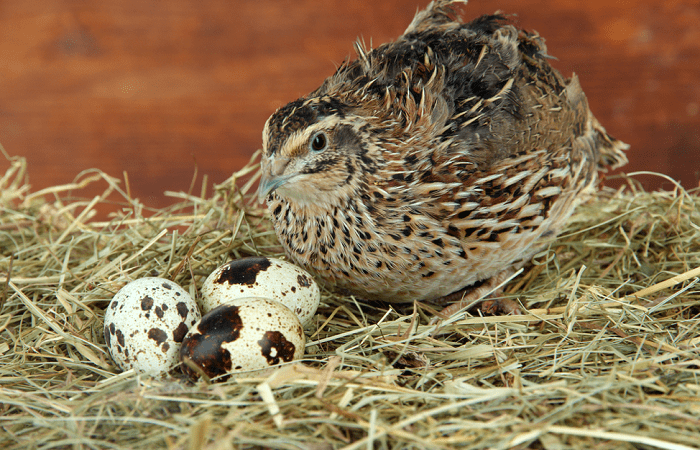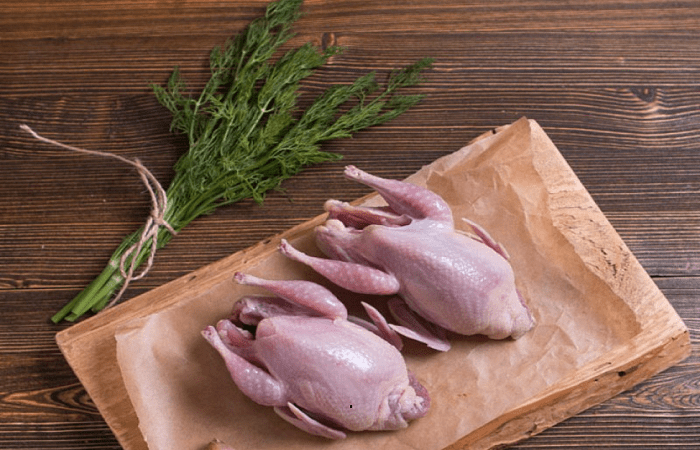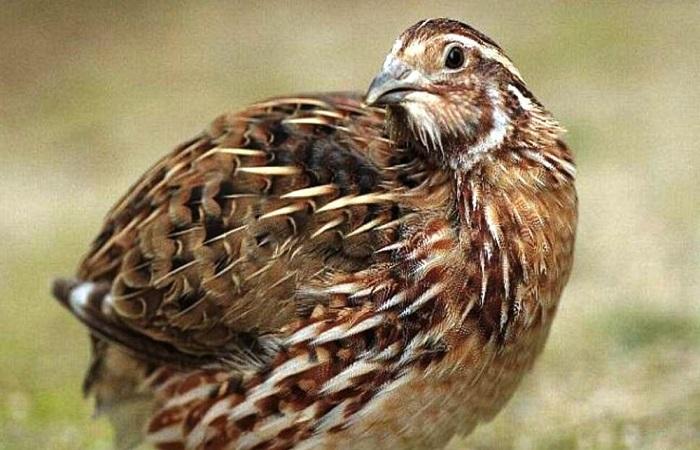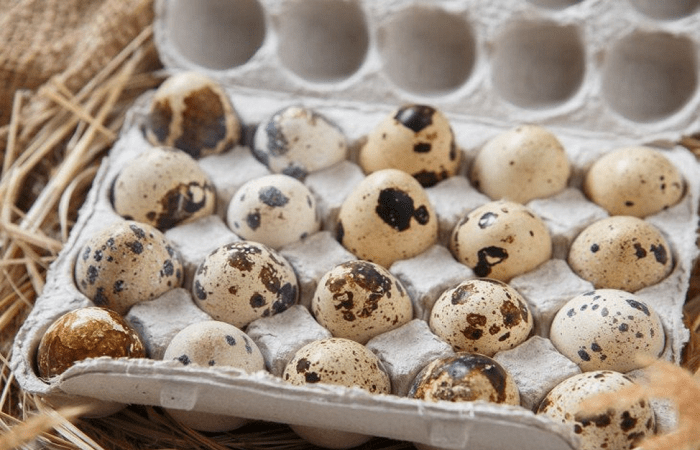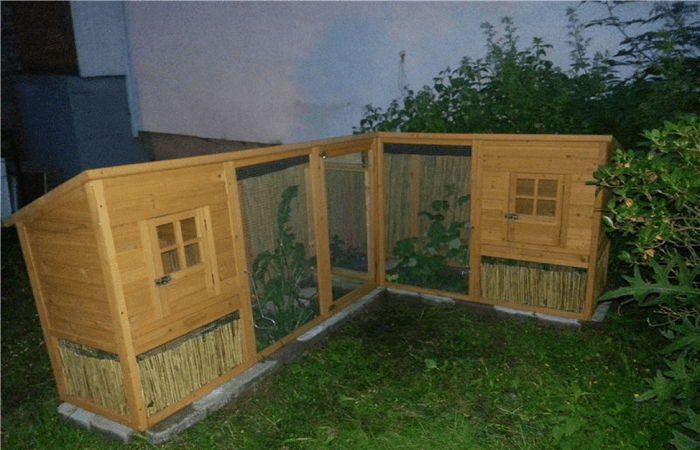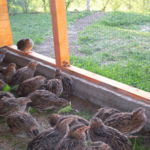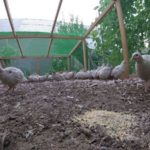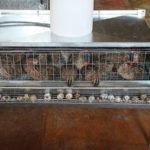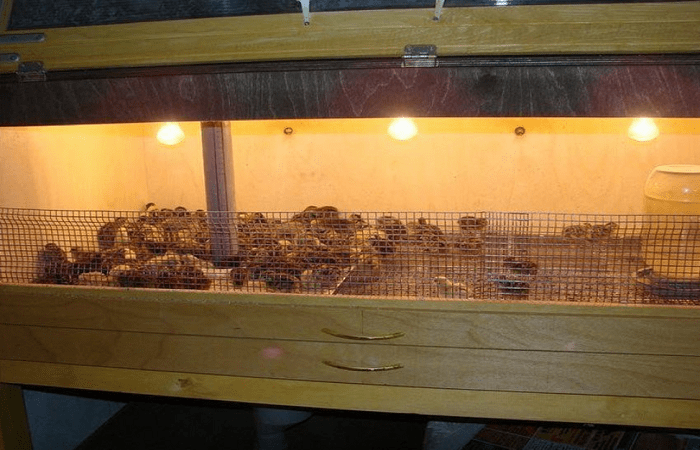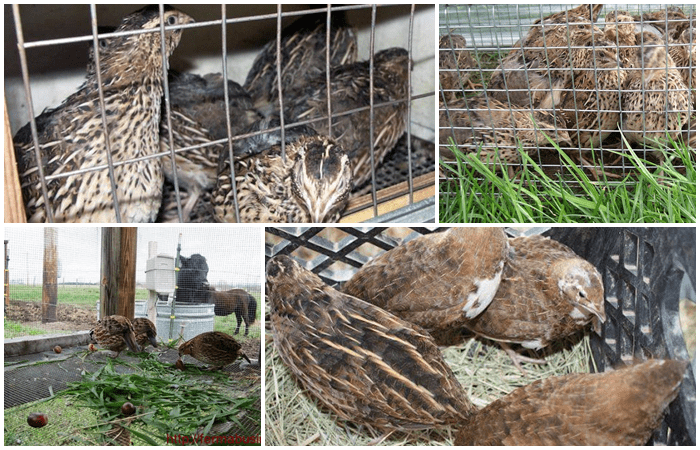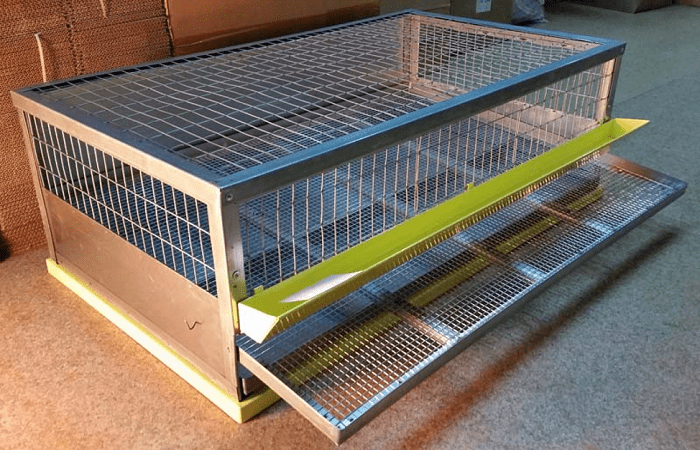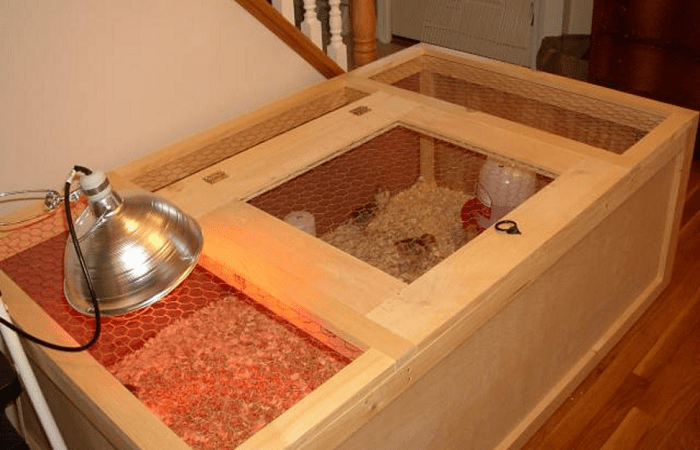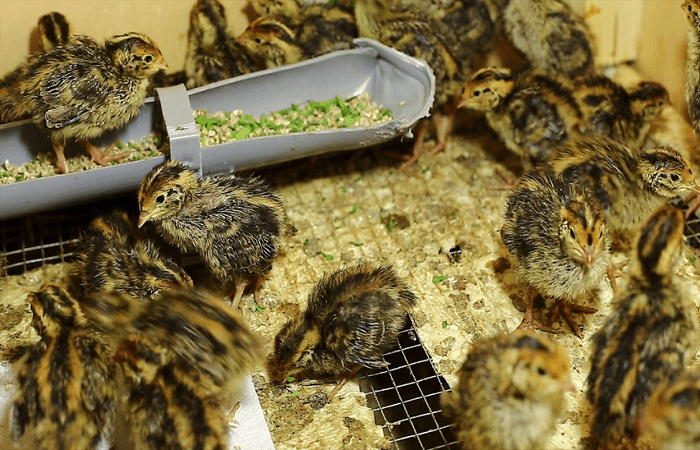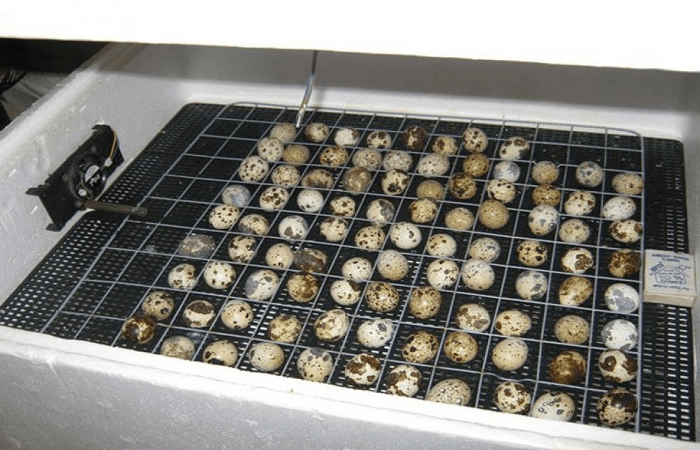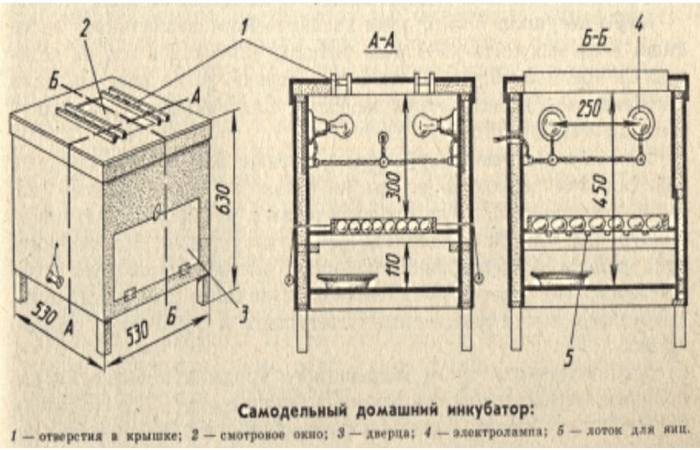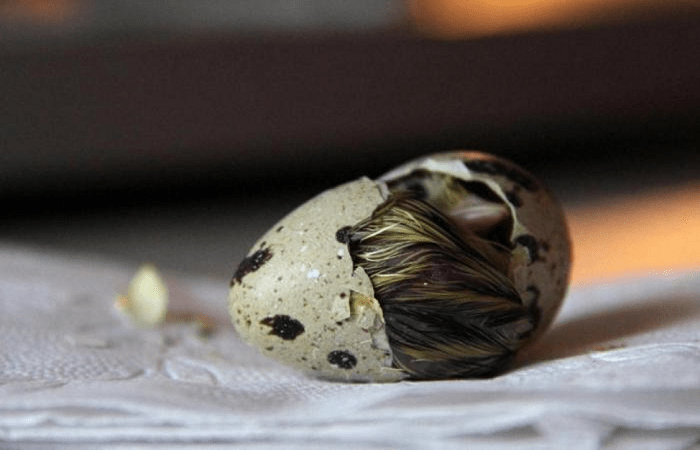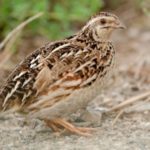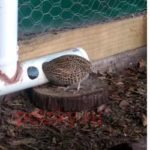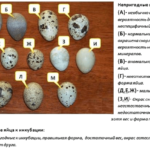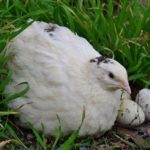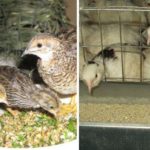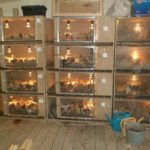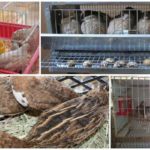Keeping and breeding quails in the country is a troublesome task, as it requires compliance with certain rules. This business is considered profitable, but this is provided that the farmer can organize it competently. If we compare quails with other types of poultry, the former have a number of advantages, one of which is resistance to those diseases that are inherent in most birds.
- Breed selection
- Economic expediency
- Choosing a location for the poultry house, period of maintenance
- Pros and cons of dacha maintenance
- Required conditions
- Temperature, humidity, light, ventilation
- Cages and enclosures
- Care during the cold season
- What and how to feed
- Hygiene procedures
- Subtleties of breeding
- Choosing an incubator and eggs
- Laying eggs and required parameters
- Hatching chicks
Breed selection
Before choosing one or another breed of bird, you should decide on your preferences, since quail can be of meat or egg variety. Most often, they want to breed birds for both eggs and meat. For this purpose, egg-meat breeds have been bred.
| Breed | Direction | Egg weight | Individual weight | Egg production |
| Texas white | meat | 12 | 350-350 | 220 |
| Pharaoh | meat | 15 | 200-350 | 200-250 |
| Manchurian | meat and egg | 16 | 250-350 | 200-220 |
| Japanese | egg | 12 | 120-150 | 300-320 |
| British white | egg | 13 | 140-180 | 280 |
The most popular egg breeds include Japanese quail. Females lay eggs starting at one month of age. In a year, one individual can produce up to 300 eggs, each weighing about 12 g. That is why this breed is the standard for other bird species. The downside is that Japanese quail will not produce a lot of meat.
Many farmers raise quails for their meat products, because the meat of these birds is rich in amino acids, minerals and vitamins. Texas white quail gains optimal weight in a month and a half. The weight of the female reaches 500 g, the male - up to 400 g. Thanks to the white plumage, the carcass has a marketable appearance. However, egg production is low - only 220 eggs per year. Another disadvantage is the difficulty in determining gender.
The Estonian breed is versatile and perfect for breeding on a large scale. Among the main advantages: high percentage of fertilization, rapid weight gain, egg production lasts up to 1.5 years. Birds have well-developed sexual characteristics.
Economic expediency
Quail breeding is not a costly business. The bulk of the funds are spent on the purchase of young animals. Some financial costs will be required to build a room, if there is none on the territory of the dacha, as well as to assemble cages for birds.Other expenses are insignificant. Basically, the farmer will have to purchase feed.
Market monitoring allows us to draw a conclusion about the value of products (eggs and meat), so they have a high level of sales. The profitability of quail production is more than 200%.
Choosing a location for the poultry house, period of maintenance
There is no need to build a large room for a poultry house. A strong barn, well-lit, warm, and without drafts, will do. It is important that it is located on level ground, preferably on a slight hill. The building should be built at some distance from the residential building and utility rooms, since quail are quite nervous birds and they need a calm environment.
You should not place quails near other animals; they can be aggressive towards birds. If you plan to make a place for walking, then it is advisable for the herd to walk in the shade, among grass and small bushes.
The period of keeping the birds depends on how long the owner plans to stay at the dacha. On average, it will take 2-3 months to fatten up for meat. You can keep birds all year round, and at the end of the egg-laying period, send them to slaughter, receiving meat products.
Pros and cons of dacha maintenance
Country keeping of quails has a number of advantages, one of which is the minimum area of the premises. Even if the dacha plot is very small, it will accommodate a shed and a walking area. Other advantages of keeping quails at the countryside include:
- high degree of precocity of birds;
- resistance to diseases characteristic of poultry;
- unpretentiousness in maintenance, minimal care.
There are disadvantages: quails have a low instinct for hatching eggs, chicks often die, so full hatching is possible only in an incubator.
Required conditions
Regardless of the planned population size and the duration of the maintenance period, the birds need to create conditions for good egg production and weight gain. Compliance with standards is important for birds, since otherwise there is a high probability of death of chicks, the development of diseases, and a decrease in egg production.
Temperature, humidity, light, ventilation
The optimal moisture content in the room is 60-70%. If the room is too dry, the egg production of quails decreases, the plumage becomes brittle, and health deteriorates. In rooms that are too damp or in a draft, birds often get sick and die.
The temperature in the barn should be between 17-23 °C. If the temperature drops sharply by several degrees, quails may die. It is important to try not to allow changes in either direction, since this will greatly affect the productivity and then the health of the birds. For beginning farmers, it is important to understand at the initial stage how vital an appropriate microclimate is for quails.
Another important factor for birds is lighting. The light in the barn should be on for 17 hours. However, you should not place the light source too close to the cage. In summer, natural light is sufficient. When daylight is short, it is recommended to use incandescent lamps. It is important to know that with round-the-clock lighting, quails lay eggs better, but quickly lose their resource.
Ventilation should ensure a constant flow of fresh air from the street. In summer, it is enough to install a fan with air exhaust.You can also make a natural hood, especially if the population is high.
Cages and enclosures
The cages should be as compact as possible, with a sloped floor so that the testicles roll off the cage. Since quails are jumping birds, the design should not contain sharp corners or parts. Excessively large gaps are not acceptable.
You can design and make a cage yourself, but first you need to decide on the number of livestock. To support a large flock, it is advisable to make sectional multi-tiered structures that can accommodate 20-30 birds.
Keeping quails in an enclosure is unprofitable. They don't need as much space; moreover, spacious cages often lead to injury to birds, since they love to fly and jump.
Care during the cold season
When keeping birds at your dacha during the cold season, it is important to follow several basic rules. Quails should not suffer from drafts, dampness or exposure to low temperatures. The poultry house must be insulated before the onset of cold weather, the cracks must be sealed, and the floors must be laid if they are wet in winter. It is important to take care of a high-quality ventilation system and additional lighting. It is necessary to ensure that the temperature in winter does not fall below 17 °C.
A special case is hatching chicks. Before they appear, you need to make a strong wooden box with a door, lay a warm bedding, add sawdust.
What and how to feed
Adult quails should receive a ready-made mixture of cereals daily. Separately, you need to add fish or bone meal, crushed eggshells, shells, river sand, and chalk.Occasionally, chopped greens, chopped vegetables, sunflower seeds, and boiled potatoes are added to the diet.
It is necessary to establish a certain feeding regime for the birds - twice a day, at the same time. To keep the cage clean, you need to place the feeder outside the cage, but so that the bird can reach the food.
Quails should be given a boiled egg from the first day; on the second day cottage cheese, herbs, and millet porridge are added. From the fourth day, the diet is replenished with peas, rice, chalk and shells. From greens - chopped carrot, clover, dandelion leaves. They switch to a full diet starting from the 30th day.
Hygiene procedures
To exclude and prevent infectious diseases, it is necessary to properly care for the cages, poultry house and equipment.
The litter tray, feeders and drinking bowls need to be cleaned daily. Nipple devices are periodically disinfected with hydrogen peroxide or citric acid solution.
The bird incubator is also cleaned and disinfected before the eggs are laid and after the chicks hatch. To prevent diseases, eggs are also treated using a quartz lamp for 4 minutes.
Subtleties of breeding
Breeding quails is not an easy process, however, if it is organized correctly, the event becomes successful. It is important to choose or make your own incubator, select eggs, observe the parameters and then, after the chicks hatch, create conditions for their development.
Choosing an incubator and eggs
A chicken incubator is suitable for breeding. When laying, eggs with a 10-day shelf life are required. The weight of eggs for breeding egg-bearing breeds is up to 11 g; for meat breeds, the suitable weight is 16 g.It is important to pay attention to the appearance of the eggs - shape, color, irregularities and growths.
An incubator is selected based on the goals and number of livestock. The device should be selected with auto-rotation and the ability to set the desired temperature and humidity. To reduce this cost item, you can make a bird incubator yourself.
Laying eggs and required parameters
Eggs are laid in a vertical or horizontal position. They are turned or rolled every 3 hours. The optimal temperature in the incubator is 37-38 °C. In this case, it is necessary to monitor the temperature in the poultry house itself. It should not fall below 20 °C. A temperature several degrees higher leads to the death of quails.
One of the nuances is that the heat should be evenly distributed throughout the incubator. This is not easy because warm air rises. To avoid this, the eggs are swapped and equipped with additional heat sources. The humidity in the device must be changed depending on the day of laying.
Hatching chicks
The eggs are kept in the incubator for 17 days, after which chicks weighing up to 12 g appear. As soon as the plumage dries, the babies are transferred to a brooder with a lamp and a heated floor. The temperature in the brooder should be at least 36 °C. Then it should be gradually reduced. Starting from the fourth week of quail’s life, it should be within 20-22 °C.
Among the common mistakes, after which the percentage of quail hatching decreases, is violation of the incubation regime, improper gas exchange during overheating, and unbalanced nutrition of the female. However, if the requirements are met, problems with hatching birds will not arise. The main thing is to show patience and perseverance, especially at the first stage.

